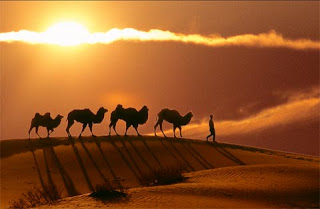This week shouldn't have been a busy one - all I did in terms of actual work was write up a report, and send a few emails so that article publications and other housekeeping matters would go smoothly. So why am I absolutely knackered, and have been so since Wednesday?
Visual novel. I makes it.
Visual novels belong to a genre of video game that is not very popular outside of East Asia, although this is very slowly changing. Ripped straight from the
Wikipedia page (which is, to be fair, reasonably informative):
Visual novels are distinguished from other game types by their extremely minimal gameplay. Typically the majority of player interaction is limited to clicking to keep the text, graphics and sound moving (most recent games offer 'play' or 'fast-forward' toggles that make even this unnecessary).
Most visual novels have multiple storylines and many endings; the gameplay mechanic in these cases typically consists of intermittent multiple-choice decision points, where the player selects a direction in which to take the game. This style of gameplay has been compared to the Choose Your Own Adventure books. Most, however, strive for a higher level of plot and character depth than the aforementioned series of interactive children's books. These can be more closely compared to story-driven interactive fiction. While the plots and storytelling of mainstream video games is often criticized, many fans of visual novels hold them up as exceptions and identify this as a strong point of the genre.
In Hong Kong and Japan (and I suspect in China, Taiwan and Korea to some extent too), visual novels for both guys and girls are reasonably popular. Japan most certainly leads the way, with diverse sub-genres of visual novels that can cater to many different demographics.
In keeping with the "creative media" concept of this blog, I decided to expand my silk road storytelling into this field and make A Thousand Hands more or less my own creative platform. Currently my visual novel is powered by
Novelty, a very beginner-friendly platform and engine for visual novels. When I'm finally done with it, I'll export, zip, and upload it here at A Thousand Hands, where it will be available to be downloaded and played for free.






